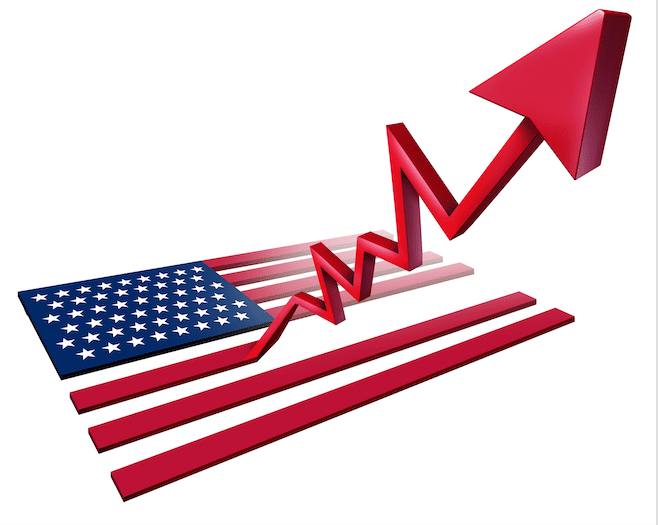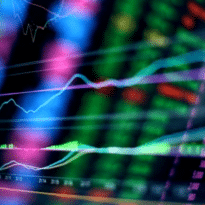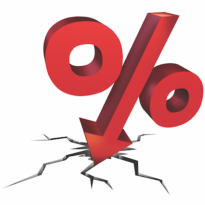President-elect Joe Biden is lined up to take control of the Senate following results from two elections in the State of Georgia.
Democrat Raphael Warnock won the first of two Senate races, unseating Republican Kelly Loeffler, while investors awaited the results from the second run off between Republican David Perdue and Democrat Jon Ossoff.
With both Democrat candidates winning, the Senate will be evenly split (if two independents side with the Democrats). Once Kamala Harris is sworn as vice-president on 20 January, she will provide the deciding vote in the house, giving Biden a much better chance to push through his legislative agenda in his first four years in office.
Nigel Green, founder, deVere Group, said a Joe Biden-led ‘Blue Wave’ “will rattle Wall Street”.
He said: “Investors will be jittery that control of the Senate will allow Biden to push through his agenda, including on major issues such as healthcare and environmental regulations – which are contested by Republicans – and enable him to roll back some of Trump’s business-friendly policies.
“The fact that futures for the tech-heavy Nasdaq are down significantly demonstrates the fears that Biden might move to break-up Big Tech, as has been previously mooted.”
He adds: “Ultimately, the markets were hoping for a divided congress, as Biden winning the presidency brings stability and certainty, but with the Senate staying Republican to temper some of his agenda. Historically, stocks perform better when one party controls the Senate and the other controls the House.”
According to Green, controlling the Senate will also pave the way for the Democrats to implement higher taxes to pay for greater stimulus spending, which will drive fears of higher inflation.
James Athey, investment director, Aberdeen Standard Investments, says: “Some of the less market-friendly Democrat policies might now be a realistic prospect. Higher corporate, capital gains and income taxes will all be seen as potential negatives for the equity market as will a more onerous regulatory environment.”
According to Athey, more robust antitrust regulation and enforcement have the potential to “suck the wind out of Big Tech’s sails” at a time where valuations already look increasingly hard to justify.
It is a view echoed by Olivier Konzeoue, FX sales trader, Saxo Markets: “Markets will anticipate more fiscal stimulus which could prop up inflation and mechanically push US interest rates higher but this also increases the prospect of more regulation imposed on technology companies as well as corporate tax hikes.
“This could naturally drive interest rates-sensitive growth stocks lower, typically technology stocks, as NASDAQ Futures illustrate by extending losses to 2% [Wednesday] morning.
The US dollar is also expected to be impacted by the results.”
Athey says: “Shorting the Greenback is one of the market’s biggest consensus trades for 2021. A positive US-specific growth boost coupled with rising US yields isn’t normally a combination we would expect to see driving the currency lower. Should the dollar do an about-face it will provide some welcome relief to the world’s exporters but it might not be so welcome in financial markets which often associate a rising dollar with periods of risk off. That association is very often a self-fulfilling prophecy.”
However, Quilter portfolio manager Stuart Clark believes the Democratic win will spell positive news for the US’s green economy.
Clark says: “Once Biden takes office, he will not wish to choke off any economic recovery while the perilous state of Covid and the economic restrictions associated with the control of this pandemic remain very much present.
“However, this result makes it much more likely we will see investment targeted towards the greener sections of the economy as the Democrats focus on climate change. This, along with promised infrastructure spending are the potential areas that look attractive as a result of these elections.
“US 10 year Treasuries have tipped over 1% yield for the first time in nine months – correctly identifying the potential for greater stimulus which could buoy markets even from their current highs and as a result we have seen inflation expectations start to tick up also.”






























